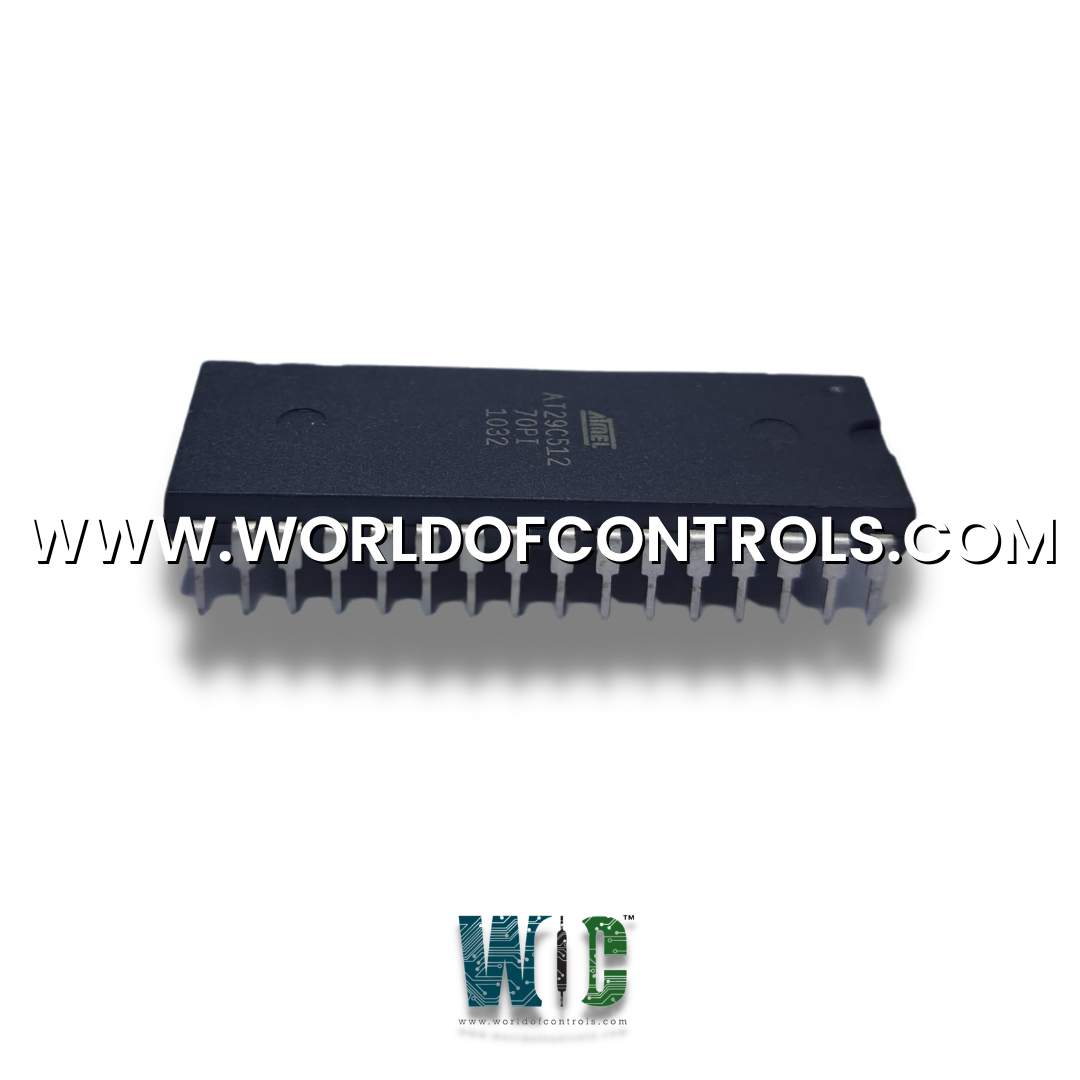
World Of Controls understands the criticality of your requirement and works towards reducing the lead time as much as possible.
DS200TCQAF1BBL - Software PROM Set is available in stock which ships the same day.
DS200TCQAF1BBL - Software PROM Set comes in UNUSED as well as REBUILT condition.
To avail our best deals for DS200TCQAF1BBL - Software PROM Set, contact us and we will get back to you within 24 hours.
SPECIFICATIONS:
Part Number: DS200TCQAF1BBL
Manufacturer: General Electric
Series: Mark V
Product Type: Software PROM Set
Number of relay channels: 12
Power supply voltage: 28 V dc
Operating temperature: -30 to +65°C
Size: 15.9 cm high x 17.8 cm
Repair: 3-7 Day
Availability: In Stock
Country of Origin: United States
FUNCTIONAL DESCRIPTION:
DS200TCQAF1BBL is a Software PROM Set manufactured and designed by General Electric as part of the Mark V Series used in GE Speedtronic Control Systems. The TCQA board provides the circuitry for the 4.20 and 0.1 mA input signals. The signals are read from the TBQC terminal board via the JB connector. The transducer current is dropped across a burden resistor and the voltage drop is read by the TCQA board and written to the I/O Engine via the 3PL connector. Hardware jumpers on the TBQC terminal board are used to select the current range of the input signals. Linear Variable Differential Transformers (LVDT) or Linear Variable Differential Reactors (LVDR) are used to detect the position of actuators.
An Analog I/O (Input/Output) Board is essential in various electronic systems and industrial automation applications. It serves as the interface between analog signals from the real world and the digital systems that process these signals. Here's an overview of the key aspects and functionalities of an Analog I/O Board, particularly in the context of its role within a Software PROM (Programmable Read-Only Memory) set:
FUNCTIONS AND FEATURES:
WOC has the largest stock of GE Speedtronic turbine control systems replacement parts. We can also repair your faulty boards and supply unused and rebuilt boards backed up with a warranty. Our team of experts is available round the clock to support your OEM needs. Our team of experts at WOC is happy to assist you with any of your automation requirements. For pricing and availability on parts and repairs, kindly contact our team by phone or email.
What is a Software PROM Set?
A Software PROM (Programmable Read-Only Memory) set is a storage solution that holds configuration data, calibration information, firmware, and software routines for electronic systems, including Analog I/O Boards.
How does an Analog I/O Board work with a Software PROM set?
The Software PROM set stores essential data such as calibration settings, configuration parameters, and firmware updates. This data is used by the Analog I/O Board to ensure accurate signal conversion, perform diagnostics, and execute application-specific functions.
How is calibration data used by the Analog I/O Board?
Calibration data stored in the PROM ensures that the analog signals are accurately converted to digital and vice versa, compensating for any drifts or variations in the board's components over time.